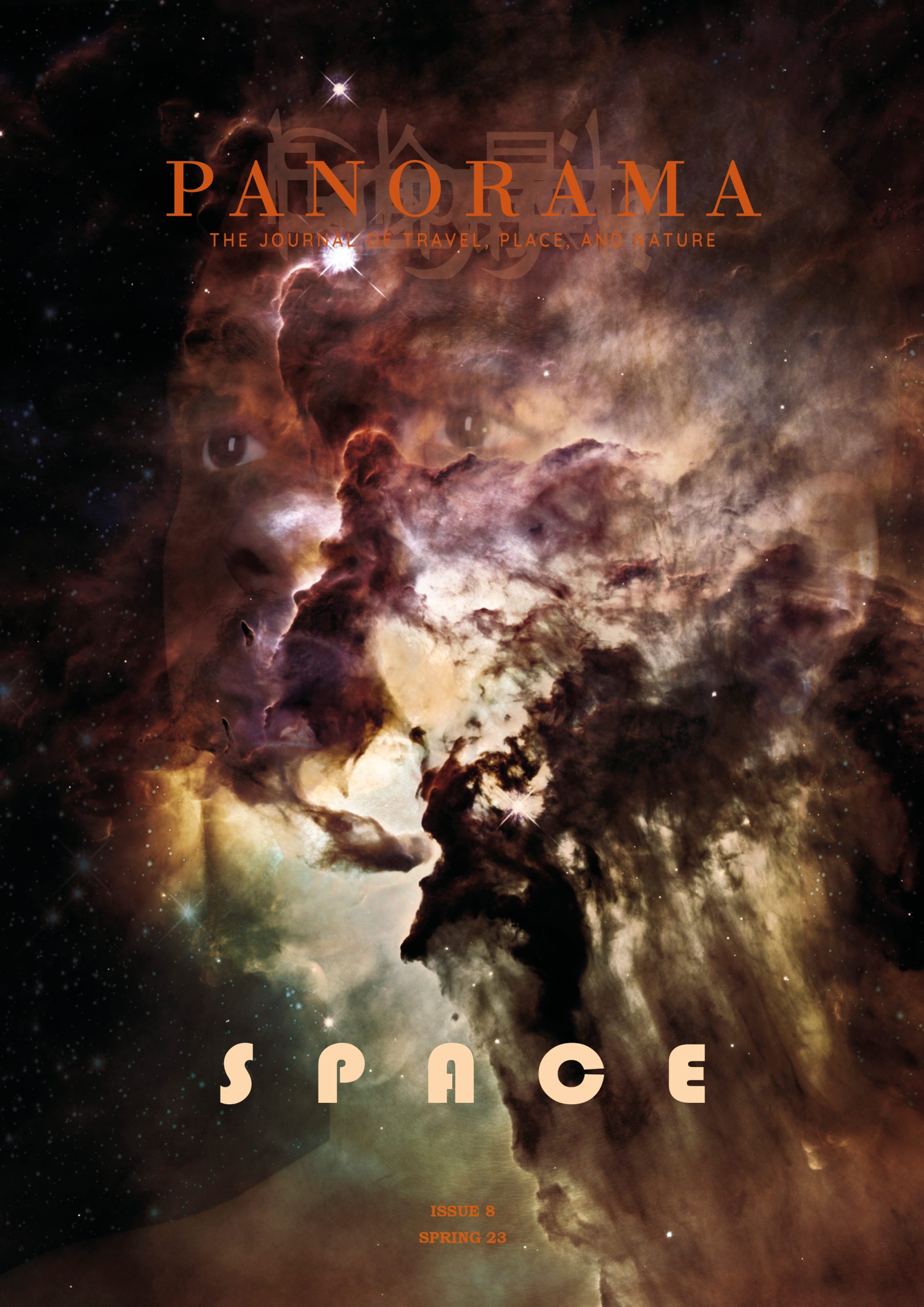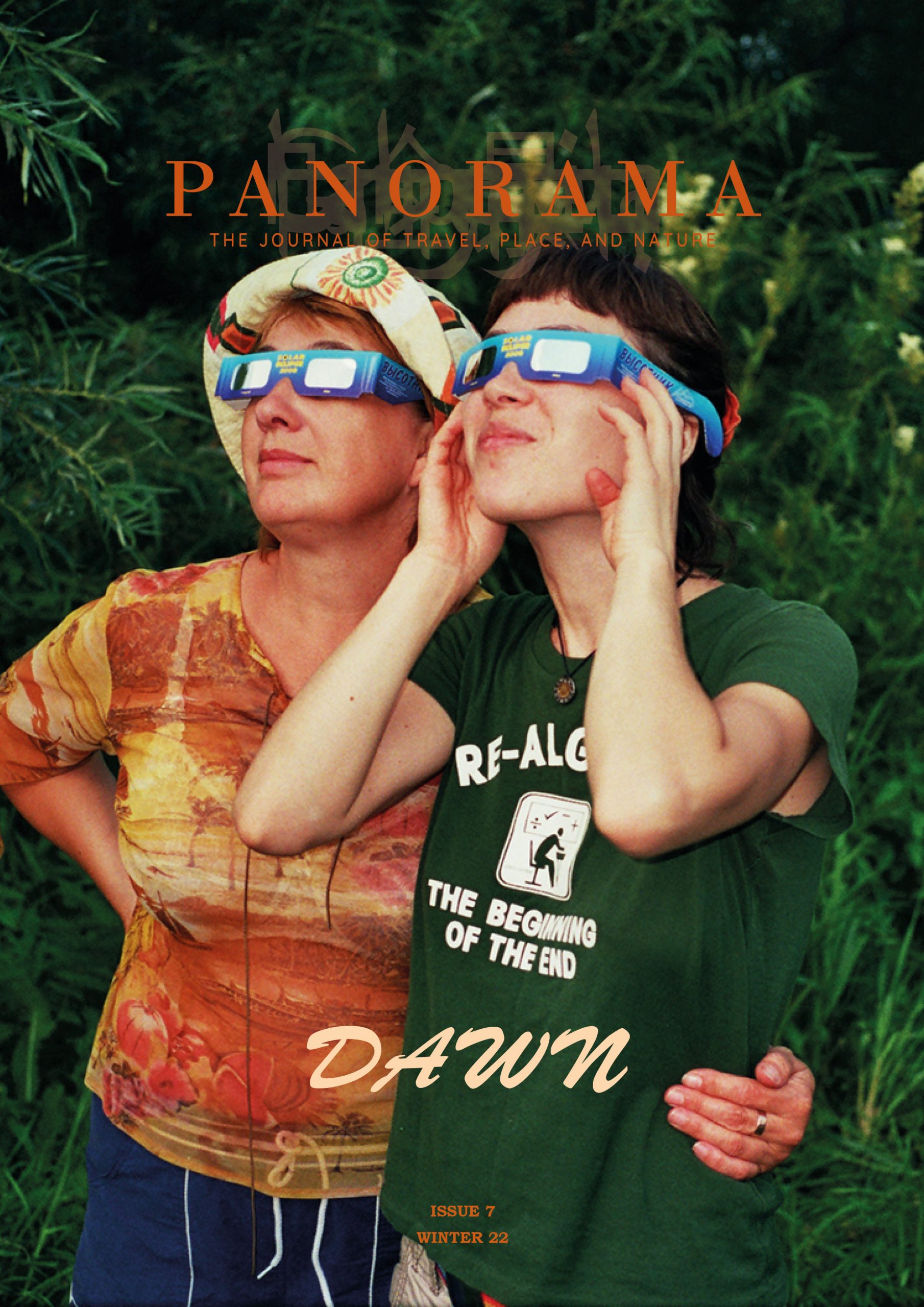I grew up during the ‘90s, just as the British colony of Hong Kong was being handed back to China. With the official handover in 1997 looming, I would peek out of the car window to catch anything different besides the change of flags, from Britain to China. Half of my childhood was, therefore, under colonial rule and the other half was witnessing the implications from the change in rule—the handover back to the Motherland.
There were times when I noticed the Chinese army and its tanks drive through Stanley Fort for training. This place was my home, but it was suddenly so different. The importance of English was now challenged by the increasing importance of Mandarin. Hong Kong’s local language—Cantonese—was caught in between and, at times, overshadowed.
East and West began to merge with signboards containing both Chinese characters and English words. Hong Kong is thus a city with striking juxtapositions, from its skyscrapers to its islands: a financial hub for international business, yet still a fisherman’s port. It is urban and rural, industrialised and agricultural, traditional and an evolving, modernised city. It is a globalised city, where a Hong Konger may not necessarily look Chinese and an international Chinese may at first not appear to be raised in Hong Kong.
Hong Kong has always been my home, but also a place where I might not entirely fit in with my brown skin, Muslim-wear hijab wrapped around my head, and my American-British accent. I was born and raised in Hong Kong but went to an international school, with expat teachers from different parts of the world, but mostly from the UK and America. My classmates were mostly born and raised in Hong Kong as well, but many—like me—did not look Chinese and those that were Chinese did not necessarily know Cantonese. We all considered Hong Kong home but did not necessarily fit in. We were souls that felt at home but lost at the same time.
I felt even more lost because of my physical disability.
I was hospitalised throughout my childhood, and generally found it so difficult to move, that I could not explore Hong Kong the way most could. I would go out, but would travel by private car or taxi. What I saw and experienced was, therefore, mostly behind a window: the window of a moving car, or a window that captured a bird’s eye view of Hong Kong below.
It was not safe for me to go out during the cold winters of my childhood, so I would sit beside the window at home and look outside. It was my only escape and my only means to explore the Hong Kong that was just waiting on the other side of the glass. My father worked at Stanley Prison on Hong Kong Island, and we lived within the police apartment quarters. The view from the backside of our apartment was of the sea. There was also a military cemetery for World War Two soldiers, a historic landmark that was staring back at me whenever I would look out. This led the child within me to be curious about Hong Kong’s history. I may not have been able to go out physically to explore, but I was able to explore through questions.
‘Why was there World War Two in Hong Kong?’
‘Why did the Japanese invade Hong Kong?’
‘Why were the soldiers from Hong Kong British?’
‘Why was Hong Kong colonised by Britain?’
‘Why was Hong Kong handed back to China?’
I was unable to do much, physically, as a child, but witnessing the changes and knowing the history behind it all enthralled me. Colonisation and the handover thereof was significant enough for teachers to mention at school. They assigned us history projects, one of which required us to find out about the World War Two cemetery. For once, there was an area within Hong Kong that I knew and had explored before my peers. It was an area that I visited from my apartment window. I did not have to go out; I could explore it through the windows of my own home.
When I was growing up, the only place that my parents would stop the car for a me was at the wet market in Wan Chai, at the centre of Hong Kong Island. I didn’t use a wheelchair at the time and would stay in the car; my way of being part of the environment was rolling down the window. The stench of fish would reach my nose, followed by the blaring of fishmongers stating their low-set prices. Other fishmongers from different stalls would follow with megaphones. People would flow throughout the narrow streets to buy fresh goods at a bargain. There would not only be Chinese people, but Indonesians with their colorful abayas and even Westerners. There were a flood of people from different socioeconomic backgrounds and most, if not all, at that moment considered Hong Kong home.
Some of the homeless that lived in Hong Kong would sit beside the stalls with their straw hats on the floor to collect money. They would sometimes pass by cars to ask for money. My parents would be away shopping and I was not sure what to do without any money at hand. All I could do was roll the car window up. It frustrated me to turn a blind-eye and even more so for not being able to fully experience the environment. I wanted to witness and be part of Hong Kong without having to be behind sealed windows.
We would go to that wet market multiple times every year for over a decade. During that time, I would notice just as many Westerners, but an increasing number of mainlanders, too. I started using the wheelchair a decade later, and it was only a few months ago that I visited the wet market beyond the car’s windows. The irony of being out for the first time was the fact that we did not come from our apartment in Stanley like before. We came from a place far away from Hong Kong Island: we had moved to the New Territories, an area closer to China’s border. Our new home was up north, far away from our previous place of residence on the southern side of the city.
I returned to the wet market, for me a place of familiarity yet discovery. The route we took was unfamiliar, as was visiting the market in my wheelchair. The stench was the first welcoming reminder, followed by roaring calls from fishmongers. People still flooded in, but I was now part of the tide. I grabbed my dress for fear of the puddles splattering all over me. Cats were fed fish and roasted duck was hanged ready for sale. I was finally part of Hong Kong and I was thrilled to witness more.
As I was wheeled out of the wet market towards the busy streets of Wan Chai, I looked high above only to be welcomed with skyscrapers from every angle instead of just the sky. I was no longer looking from the bird’s eye view, but rather from the world below. There were lines above and I followed their trail. They connected to the tram, a historic transportation system coursing through Hong Kong’s veins. The tram gave a ding as it passed.
The pedestrian crossing light was still blinking red. I looked to both sides, noticing that I was in the midst of hundreds of people waiting to cross over. My heart throbbed when the light turned green. Everyone swarmed ahead, and my wheelchair swiveled through the crowd until we made a breakaway from the tide and went our separate ways.
We went back to our car where the smell of the sea and Hong Kong Island lingered on. A place of familiarity yet discovery. This was my home, but not my home, because the route home was now toward the New Territories, new and unfamiliar. A side of Hong Kong where the skyscrapers and seas are replaced with villages and paddy-fields. A Hong Kong that is ready to be lived in, familiarised, and discovered.










